Contributed by Mikhail Filippov and Semir
Zeki
That the experience of mathematical beauty,
derived from a highly cognitive source, correlates with activity in the same
part of the (emotional) brain as the experience of beauty derived from sensory sources makes it interesting to enquire what other common factors mathematics shares
with sensory experiences.
We choose colour vision as an example.
One of the primordial functions of the brain
is to acquire knowledge and it has to do so in the face of continually changing
conditions, often referred to as the Heraclitan doctrine of flux (after Plato). To extract that knowledge, the brain has to somehow stabilize the world, since it is difficult to acquire knowledge in constantly changing and often unpredictable conditions.
With colour vision, a surface or object of any colour can be viewed in different
lighting conditions (for example sunlight or indoors in tungsten or fluorescent
light), when the composition of the light (in terms of energy and wavelength
composition) reflected from it and from its surrounds changes continually.
Yet, by a process dictated by brain logic
(usually referred to as an algorithm), the brain discounts these continual
changes to assign a constant colour to the object or surface. This is what is
meant by colour constancy.
Without it, the task of acquiring knowledge
about objects and surfaces through colour becomes difficult, if not impossible;
without it, colour would lose its importance as a biological signaling
mechanism.
How it does so, in terms of the neural mechanisms
involved, is not entirely clear but it does involve a specialized centre in the
brain and the pathways leading to and from it. Through this process the brain
stabilizes an ever-fluctuating world and is thus capable of acquiring knowledge
about it through the colours of objects in it.
Our Universe, at the other end of the scale,
presents an even more complex picture; but, similarly, the only way to acquire
knowledge about it is to stabilize it by reducing all its complexity to some
fundamental rules, reflected in equations or mathematical formulations.
These formulations are the products of a deductive
logical system that belongs to the brain; their end-result is to stabilize the
world through simple, all-embracing formulae, and hence acquire knowledge about
it.
Thus the knowledge-acquiring system of the brain
uses a logical system to acquire knowledge about, on the one hand, a sensory
category such as colour, which is continually experienced throughout the day
and, on the other, knowledge about the structure of the Universe which is not possible
to experience directly. The end-result is to stabilize the world, sensorially
in the case of colour vision and cognitively in the case of what determines the
structure of the Universe
There is another feature that mathematical
formulations about truths governing the
Universe share with sensory experiences such as colour vision – in both, there
is one route and one route alone and, once established, there is no appeal
against its conclusions.
All knowledge that a green leaf is reflecting more
red light (as it commonly does at dawn and at dusk) will not enable one to see the leaf as red. The operation that the brain applies to generating constant colours in spite of
variations in the wavelength-composition of the light reflected from surfaces
and objects under different lighting conditions allows one to see the green leaf as green only (although its hue, or shade, will change under different illuminants).
And all cognitive knowledge acquired through daily experience, that time and space are separate entities, will not invalidate the conclusions postulated by the theory of relativity, which show that time and space are continuous, at least to those who know the language of mathematics.
There are, of course, conditions, in which two
fundamental truths are in apparent contradiction to each other, as in macro-
and micro- physics.
Here, too, the brain’s system for acquiring
knowledge through the sensory system shows strong similarities with its system
for acquiring more abstract knowledge.
We will return to it in the next post.

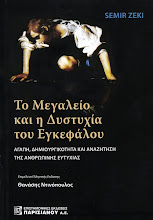
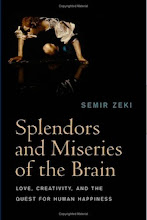
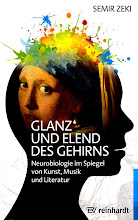
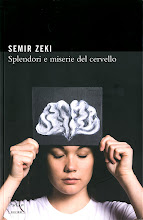



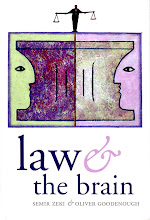
 Contact us
Contact us